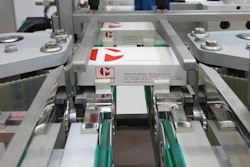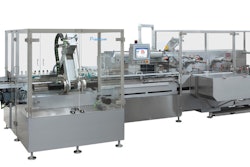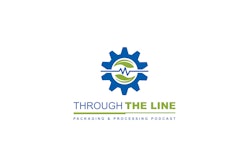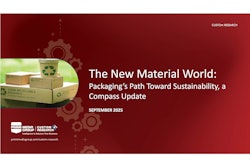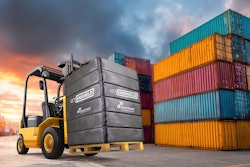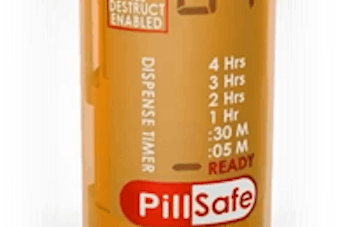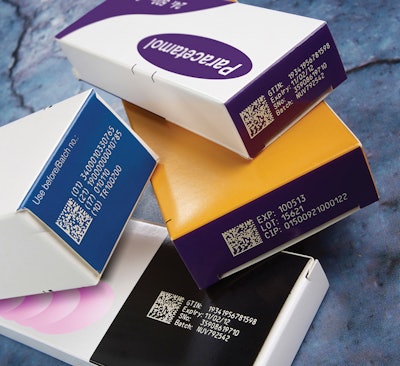
This year has been fascinating for those of us watching developments in the drive to increase security in the pharmaceutical supply chain, and among the most interesting aspects are the varied solutions different countries and continents are exploring.
The U.S., for example, seems to favor a track-and-trace solution involving a “chain of provenance” in which products can be tracked from manufacturer to distributor to pharmacist to patient—and back.
In Europe, industry is moving toward a solution resembling a pair of bookends. The manufacturer initiates the pedigree by assigning a unique number to each product, and the next touchpoint comes when the dispensing pharmacist authenticates the number against the manufacturer's database. Under this approach, there is no infrastructure in the distribution chain.
The precise shape of future regulation on both continents is unclear. Take the European Union as an example. In February 2011, the EU adopted the Falsified Medicines Directive (FMD), which, among other measures, mandates sophisticated identification and authenticity features on the outer packaging of medicines, including item-level serialization in the form of a unique, nonpredictive number.
Member states have until January 2013 to transpose the directive into national law, and pharmaceutical manufacturers then have three years to comply with the stringent regulations. But if the timetable is clear, vital details of what compliance means are not, especially in what form the all-important identification and authenticity features will take. While this is likely to be the ECC200 2D Datamatrix code, other bar-code types and even RFID have been mentioned.
These developments have been widely reported in the media, and in some of the coverage there's a belief that, thanks to existing regulatory regimes, such as France's CIP 13 and Turkey's ITS, the industry has “cracked” the vital technological issue on which any secure system must be founded—namely, true item-level serialization.
That is not quite the case. Take France first. The CIP 13 code, introduced at the beginning of this year, does not incorporate item-level serialization. The combination of a 13-digit number, human-readable data, and a 2D Data Matrix bar code identifies the product, the manufacturer, the batch number, and the expiry date, but does not allocate a unique code to an individual carton. So, for example, every carton in a 20,000 batch will carry identical information. As for Turkey, although its ITS system does include a degree of serialization, it is a simple, nonrandom, sequential—and hence predictive—form of serialization.
So things are not clear-cut, not only in the U.S. and Europe, but also worldwide, with different solutions either already in place or about to be implemented in China, Italy, South Korea, India, Belgium, and Brazil.
One thing that is clear, however, is that not only is serialization crucial to whatever solution is chosen, but also applying the unique, nonpredictive numbers to individual medicines is just the beginning. You then have to authenticate them, which involves a whole raft of coding, vision, and data-management issues.
To give an idea of these, consider what serialization under Europe's FMD will involve compared to its French CIP 13 and Turkish ITS predecessors. Under CIP 13, every unit in the 20,000-unit batch has the same 2D Datamatrix bar code, carrying the lot number, expiry date, and CIP 13 number. During production you don't need a “smart” camera to authenticate these bar codes—pattern matching is sufficient—and neither do you need data management.
Turkey's ITS is more complicated because it adds a unique number, so the Datamatrix bar code changes each time, and the camera has to be more intelligent. You also need to manage the additional data; however, the data management is relatively simple.
Quantum leap
The random serialization demanded by the FMD calls for a quantum leap, because each unit must be printed with a different bar code and different human-readable data. Not only does this call for sophisticated camera technology, but also the associated data management is of another order of magnitude—something the industry is now beginning to grasp.
For example, a serialization trial by one pharmaceutical manufacturer, on a single product in a few plants, created the largest database in the organization within one year. And consider the amount of data generated by the “chain of provenance” approach the U.S. favors: The requirement to document every change of ownership may provide better supply-chain security, but there are concerns at the amount of work (and people) it will demand from smaller distributors—particularly when some products can change hands more than 20 times as they pass through the supply chain.
Whatever approach the U.S. and Europe choose, in the future, pharmaceutical manufacturing will not just be about making products, but about managing data and giving dispensers and consumers access to the data in a controlled, secure fashion. This much we know.
What we don't know are the details. What form will the data carrier take— 2D Datamatrix bar code, 2D linear bar code (as in China), RFID, or maybe a Quick Response (QR) code? Will the random code format be predictive or nonpredictive? And how will you authenticate the pack's unique identifier?
In the coming months, many of these questions will be answered, especially as the timetable for implementing the FMD counts down. In the meantime, we know that serialization is only the start, and it brings with it significant technological challenges. There is much to play for, and the stakes are high.



